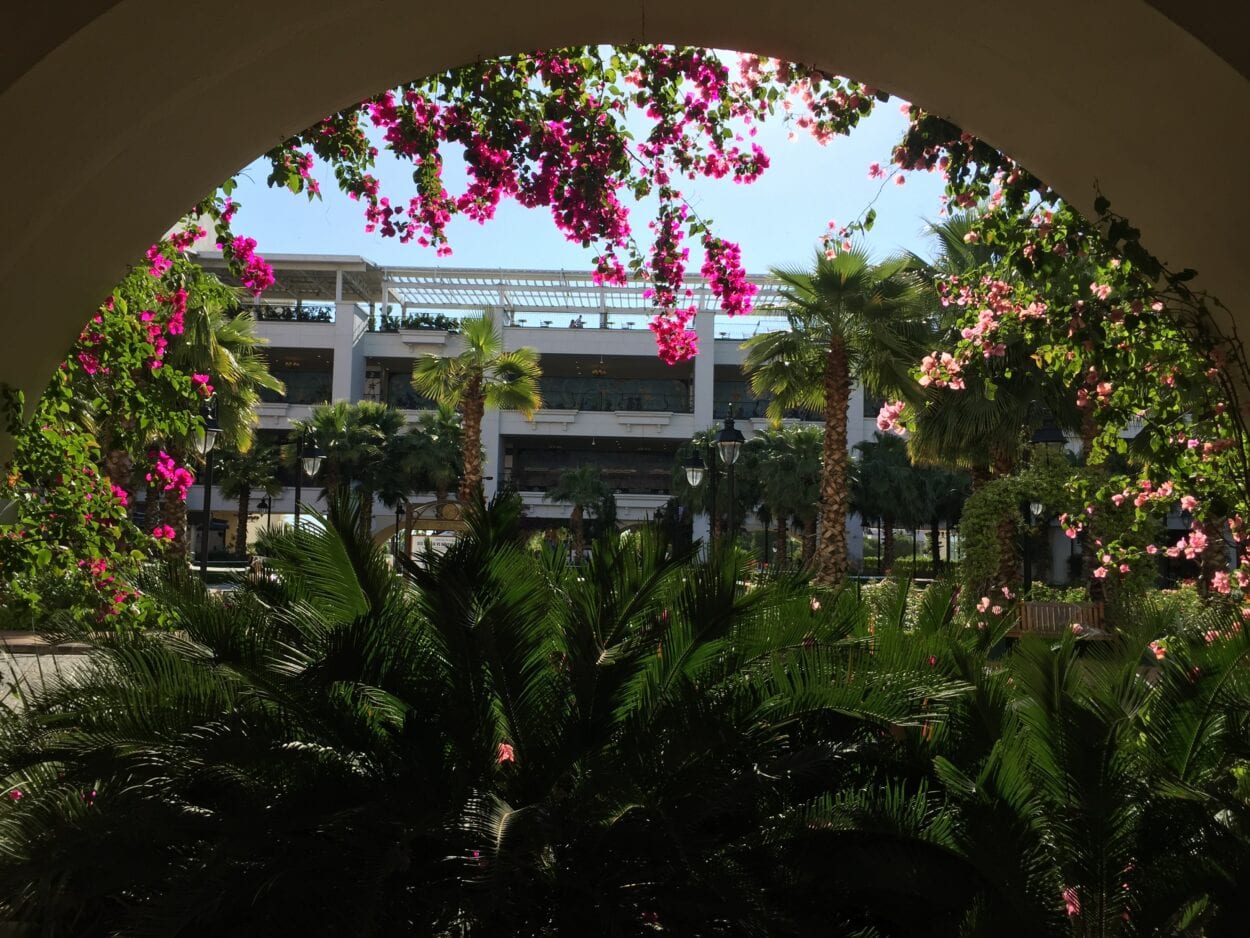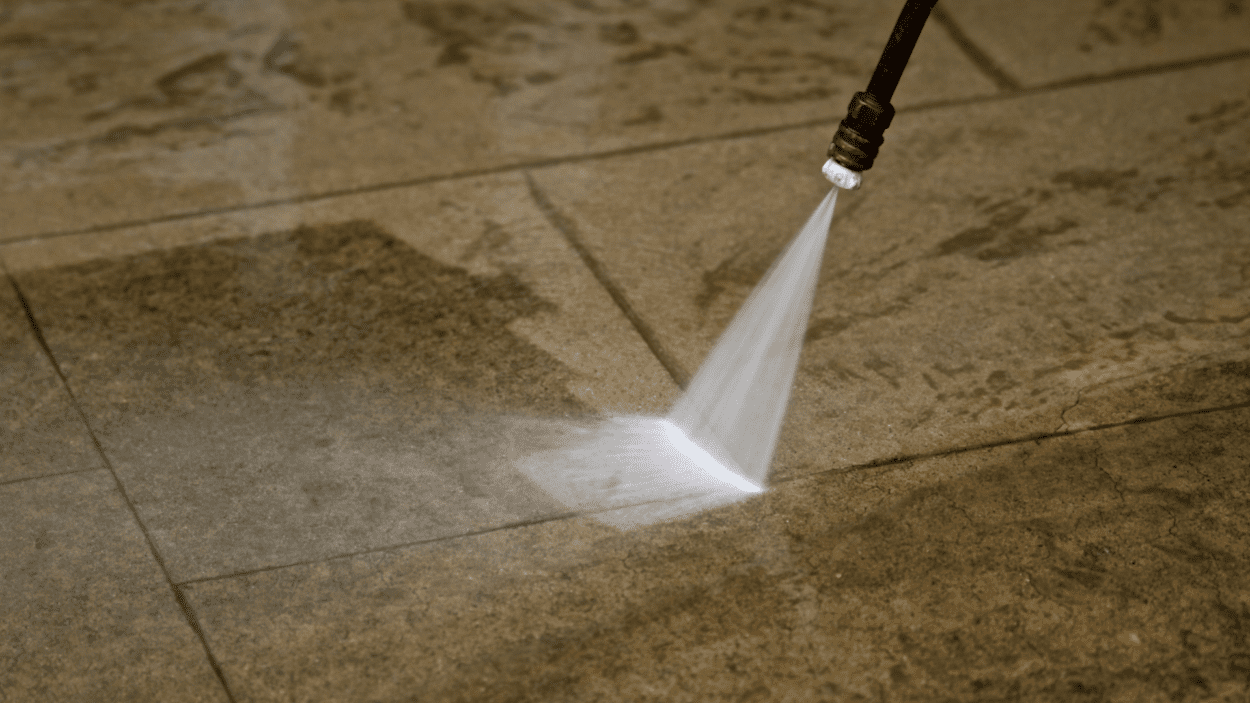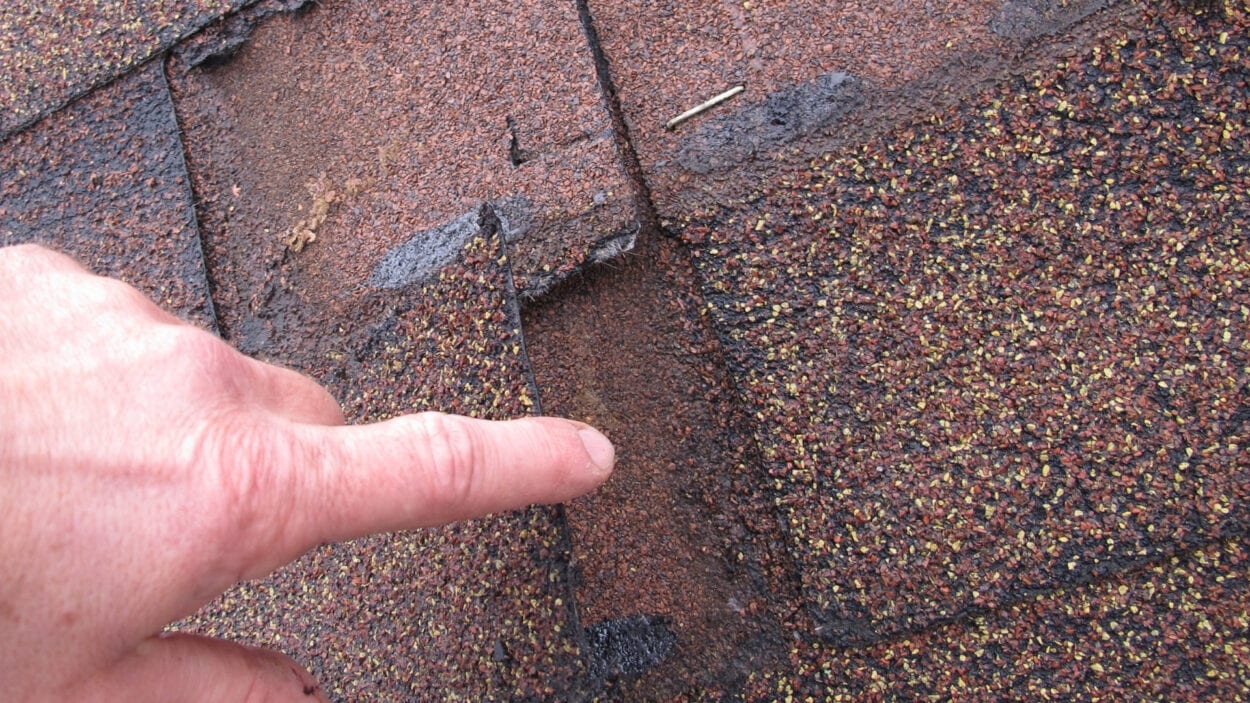Homeowners have various reasons for replacing their siding, depending on aesthetic needs or practical urgency. For example, the replacement siding could be updated to match newer exterior renovations like patios or porches. On the other hand, you might need to install brand new siding to improve home insulation by using more durable materials. Finding the right siding is a matter of knowing the materials you’ll be dealing with.
Each material has its pros and cons
Every type of construction material has advantageous and disadvantageous properties, especially for ones that will be exposed to environmental factors. Exterior walls, roofing systems, and other outdoor fixtures need to be durable enough to withstand long-term exposure to the outdoors. Since every state and region deals with different weather conditions, you need to ensure that your home’s exterior siding materials need to be strong and reliable.
Before you settle on your home’s siding option, here are six siding materials you can consider:
1. Vinyl siding
A recurring reason why many homeowners opt for vinyl siding is its affordability. Additionally, it comes in a wide range of color options, making it a great choice for any home. Unfortunately, vinyl expands and contracts when experiencing extreme heat or cold, which is why it must be installed slightly loose. Vinyl siding installation, while quite common, can also be very tricky. Although it’s a cheaper option, you may need more precision to ensure that it doesn’t warp or distort throughout the installation. Professionals use galvanized roofing nails to make the installation process simple.
2. Stone siding
Stone has been used for centuries as a building material. Modern stone siding products are either natural or simulated variants. Artificial stone variants are lighter and easier to install. In contrast, natural stone requires a more complicated preparation process. It requires wall sheathing, metal lath, and more. Additionally, real stone siding is also the most expensive siding option available.
3. Wood siding
Wood siding is an excellent natural complement to rustic homes. However, it can be a fickle material to use. Its durability will depend on the type of wood you choose. It also requires priming and the application of sealant to prevent wood rot and other damages.
4. Brick siding
Brick siding’s greatest advantage is that it can last for over a century, regardless of weather conditions. Unlike wood siding, it’s not vulnerable to dry rotting and is incredibly heat resistant. However, its durability also requires a corresponding level of effort in maintenance. A genuine brick siding will need repointing over time. It may also be necessary to replace the mortar in-between bricks.
5. Aluminum siding
Aluminum siding was a popular option for homeowners after World War II, creating a distinct look for homes with limitless color options. People can mistake aluminum for vinyl since they look quite similar. Although they can both expand and contract, aluminum’s color can fade.
6. Composite siding
Manufactured sidings can come from different materials, ranging from shredded wood to Portland cement. Although it’s non-organic, it has greater sustainability as a building material. It can withstand rain, heat, hail, and even deterioration from moisture. This makes it a compelling option for homeowners that want durability without the hassle of doing complicated maintenance over time.
Conclusion
Besides the material of your choice, your siding’s installation will be a crucial aspect of ensuring its durability and lifespan. Sub-par construction work, especially for exterior projects, can lead to poor results in the long-term. For this reason, it’s best to contact professional construction contractors to handle difficult siding jobs.
At Pro-Quality Contractors, we can handle all your renovation needs. We do siding, soffit & fascia repair & replacement services in Indianapolis. Contact our experienced building contractors and receive a free estimate today!





